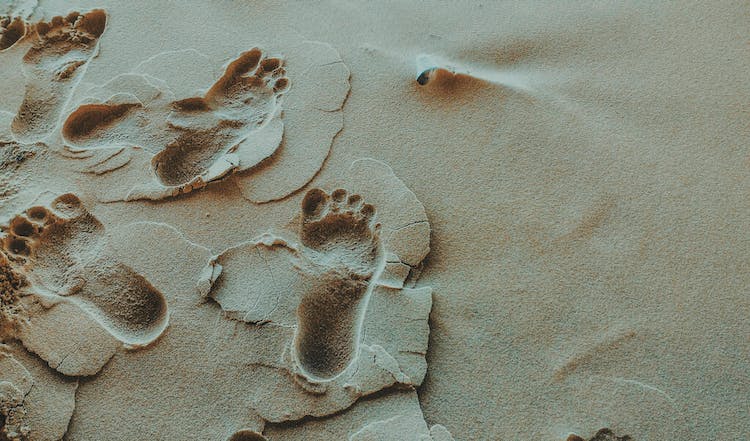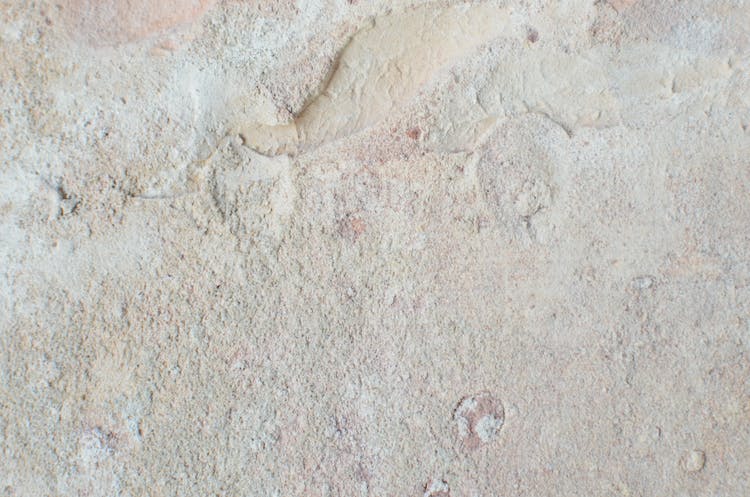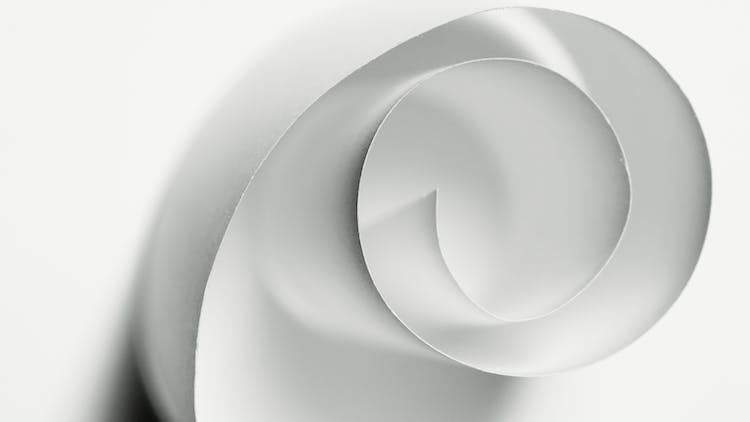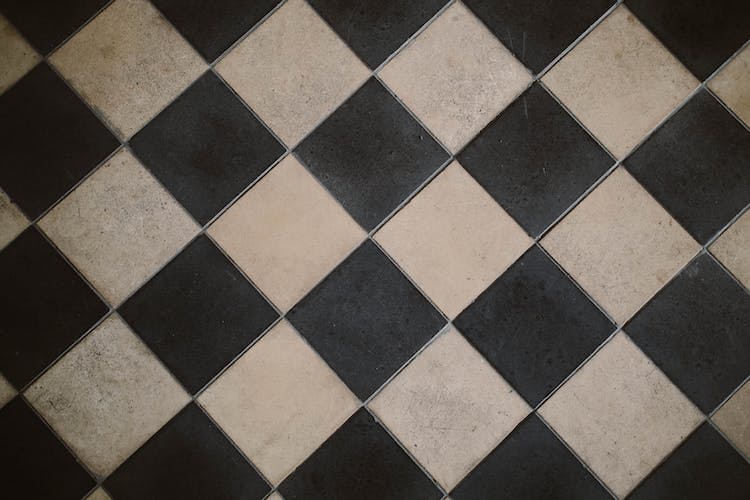If you’re looking to make your next project stand out with intricate designs and beautiful cutouts, then a laser cutting table is a great choice. Laser cutting tables can open up new worlds of creativity and can be applied to many different applications. From woodworking to fabric cutting, laser cutting tables can create amazing results with clean, precise edges. In this article, we’ll discuss the basics of using a laser cutting table and how to get started on your next project.
Step-by-Step Guide
How to Set Up Your Laser Cutting Table
Using a Laser Cutting Table to create your next project is easier than ever with the help of a comprehensive, step-by-step guide. Start with gathering all of the required tools and materials that are needed to set up your laser cutting table. This could include power cords, computer software, and a focal lens.
- Set Up the Table and Locate the Safety Features – Make sure you properly setup the laser cutting table and locate the safety features like an emergency shut off switch and an open ventilation system.
- Secure Your Artwork – Ensure the artwork is secure and in place, it’s important to do this step if you want a clean cut.
- Cut Setting and Power Settings – Establish the material, the power of the laser beam and the speed of the laser.
- Double Check the Focus – Make sure to focus the laser correctly before you start the cutting process.
- Lower the Table and Place Your Material for Cutting – Now you are ready to place the material on the table to be cut, once everything is in place you can lower the table and begin the cutting process.
Unboxing the Laser Cutting Table
Unboxing the Laser Cutting Table If you’ve just purchased a laser cutting table, then you’re probably wondering what to do next. This guide will walk you through the entire unboxing process, so that you can get the most out of your new purchase and start playing around with your own laser-cutter projects. Once you unbox the laser cutter, you’ll want to check the build quality and make sure everything is in order.
Installing the Table
Installing a laser cutting table is an important first step to creating your next project. It is important to work with an authorized dealer to get the most reliable and accurate table for the job. The exact type of installation will depend on the manufacturer and the table you purchased. It is important to follow the safety guidelines in the owner’s manual, and wear proper safety eyewear and clothing during installation.
- Carefully read and follow the instruction manual that comes with your laser cutting table. Ensure that all components are firmly secured and secured in place. Make sure all electrical connections are properly installed and fully tested before use. Properly secure the table to the floor or surface it sits on to prevent shifting or moving during use. Calibrate the table to the recommended settings in the user manual for optimal performance.
Prepping the Table for Use
When getting ready to use a laser cutter for your next project, the first step is prepping the table for use. Before you begin, you should make sure to give the table a good cleaning. This will ensure that it operates efficiently and that your design is cut correctly.
It’s also important to check your laser cutter before you begin and make sure that it is properly calibrated and working correctly. Once your laser cutter is set up and ready to go, you can now load it with your design.

Understanding Laser Cutter Lingo
Acronyms
Acronyms are an important part of laser cutting, so it’s essential to understand some of the most commonly used terms. In the laser cutting world, some of the most commonly used acronyms are: * CAD – Computer Aided Design. This is a type of software used to create or modify designs.
* CNC – Computer Numerically Controlled. This type of technology is used to control the cutting machine. * DPI – Dots Per Inch.
This term is used to measure the resolution of an image.
Settings
When it comes to using a laser cutting table to create your next project, it’s important to have a good understanding of laser cutter lingo. One of the key components of using a laser cutter is properly setting up your design for cutting. There are several settings to consider in order to ensure your design is correctly cut.
Power is important to laser cutting as it determines how thick your material will be cut.
Materials
When creating a project using a laser cutting table, it’s important to understand the basic materials that can be used. Laser cutting/engraving is a technology that uses heat to precisely cut or engrave a variety of materials. Some of the most common materials used in laser cutting include wood, acrylic, paper, leather, and fabrics.
It’s important to select the right type of material for your project to ensure that the laser cutting experience is a successful one. When selecting a material, consider the type of project you are creating.

Design and Create Your Project
Choosing a Design
Once you’ve decided to create your next project with a laser cutting table, the first step is choosing a design. It’s important to consider the type of material and the thickness you want your finished project to have, so you can make sure that your laser cutter can handle it. You may want to create your own design using a CAD program, or you can find a variety of designs online.
If you’re feeling creative, you can also combine designs with your own personal touch. Think about how you want to use colors and textures to create something truly unique.
Working with Vector Graphics
Using a Laser Cutting Table to Create Your Next Project: Design and Create Your Project When it comes to creating designs and projects, vector graphics are the best way to go. Vector graphics are great for laser cutters because of the scalability and precision of the design. In order to create projects with vector graphics, you will need to utilize specialized software such as Adobe Illustrator or CorelDRAW.
If you are new to laser cutting, the idea of working with vector graphics may seem daunting.
Setting Up the Table to Cut
Setting up a laser cutting table to create your next project can seem like a daunting task, especially if you are new to the process. However, with a few tips and tricks, you can tackle the task and be laser cutting in no time! The first step to setting up your table is to make sure your location complies with any regulatory guidelines, as well as any safety protocols related to using a laser cutter.
Then determine if you will need a dedicated power supply and ventilation system. Once you have all the necessary safety protocols in place, you will need to find the right laser cutter for your project.
Post-Production Tips
Finishing Your Laser Cut Pieces
Once you’ve finished cutting your design on the laser cutter, it’s time to finish the job and give your project that much needed post-production touch. Finishing your laser cut pieces is often the most challenging aspect of any project. With the right techniques and careful attention to detail, you can create professional looking pieces that will last for years.
Before you start, make sure that you check your laser cut pieces for any raised edges that may have been created during the cutting process.
What to consider for Storage and Maintenance
When you’ve purchased your laser cutter and have already made a few project, you’ll want to think about how to store and maintain it. To make sure your laser cutter is best prepared for the next project, consider the following. First, the laser cutter is an electronic device and needs to be stored in a dry, cool environment.
Keep it away from dust, condensation, and any type of liquid. You should also always keep the laser cutter unplugged when it’s not in use. Second, it’s also important to keep the lens clean, as dirt or dust can interfere with the laser’s accuracy.

Conclusion
Summary of Tips and Resources
Conclusion Using a laser cutting table to create your next project can be a great way to bring your design ideas to life. While it may require some trial and error to perfect the technique, with a little bit of practice and patience, you a can soon master the art of laser cutting and create impressive laser cutter projects of all sizes. There are also plenty of tips and resources available to help you get started, so begin by doing your research so you can make the best decisions for your project.
Final Thoughts on Creating Projects with a Laser Cutting Table
In conclusion, using a laser cutting table can be a great way to take your project to the next level. There are so many creative possibilities with laser cutters and the results can be absolutely stunning. Plus, the process is relatively simple and quick, allowing for the ability to experiment with different design ideas quickly.
At first, it may seem intimidating to work with a laser cutter and get the desired results, but with the right guidance and practice, anyone can use the technology to create stunning projects.


